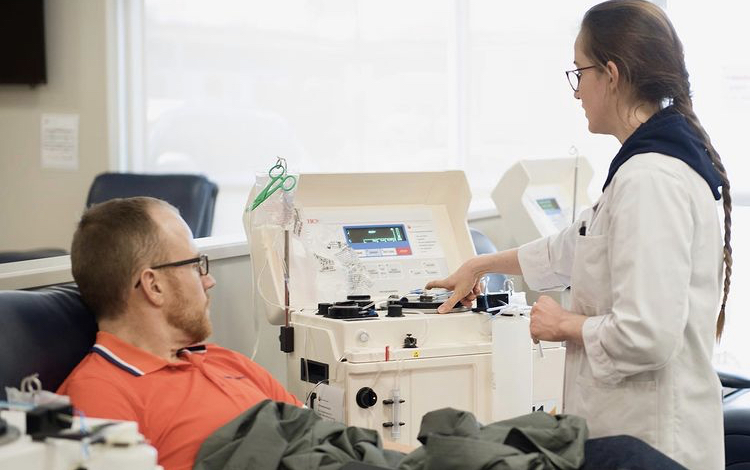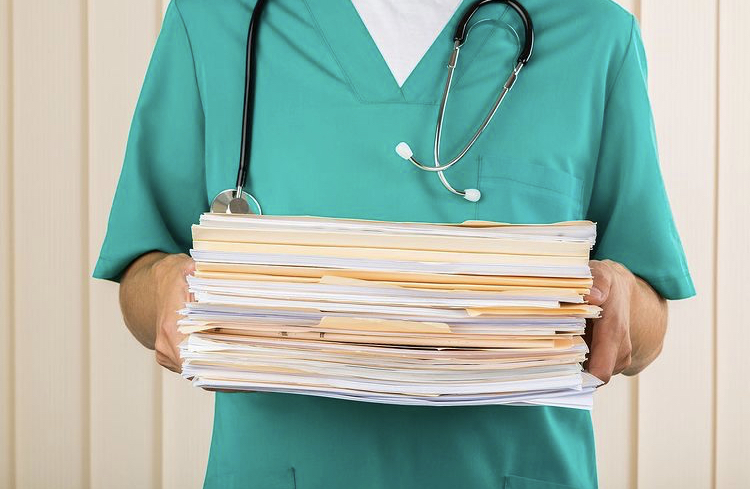plasma donation process
August 15, 2019

Plasma is the protein-rich, yellow liquid component of blood that is left over after platelets, red blood cells, and white blood cells are removed. The lifesaving proteins contained in plasma help your body defend against infections and can be used to treat a variety of rare autoimmune diseases. However, in order to administer plasma as a medicine, it must first be collected. This is done through a process called plasmapheresis.
In today’s blog, we’ll be explaining everything you need to know about the plasmapheresis procedure.
What Is Plasmapheresis?
Apheresis is an umbrella term used to describe the process used to remove blood from the body, filter out elements of it, and retain other elements. Plasmapheresis is a type of apheresis that explicitly targets plasma and separates it from the blood.
The separation of blood from elements like plasma, platelets, red blood cells, and white blood cells can be accomplished in two ways – centrifugation and filtration. Centrifugation involves spinning blood and dividing it based on the density of its parts while filtration involves passing blood through a filter in an effort to separate plasma.
During the plasma donation process, donors are intravenously connected to an apheresis machine that draws whole blood and separates plasma from other blood components. Other cellular components are returned to the donor’s body with a sterile saline solution to help replace the plasma that has been removed. The volume of plasma removed during plasmapheresis is dependent on a person’s body weight.
Why Is Plasmapheresis Performed?
Plasmapheresis is performed in order to collect source plasma that can be used to manufacture life-saving therapies. Tens of thousands of Canadians rely on these therapies and they can be used to treat a number of ailments, some of which include:
- Autoimmune disorders
- Immune deficiencies
- Respiratory disorders
- Liver disorders
- Surgical bleeding
- Burns and shock
What To Expect During Plasma Donation
At DB Plasma, donors begin the plasmapheresis process after they have registered and undergone a thorough screening. Our phlebotomists will then carefully insert a sterile single-use needle into a vein in the donor’s arm and connect them to the apheresis machine through an IV line. It takes approximately 50 minutes to complete the plasmapheresis process, and donors are monitored at all times by trained medical professionals during this period. The DB Plasma team closely monitors donors not only to ensure they are in good health while donating, but also to make certain that they are well cared for and comfortable throughout the process, as this is of utmost importance to us.



